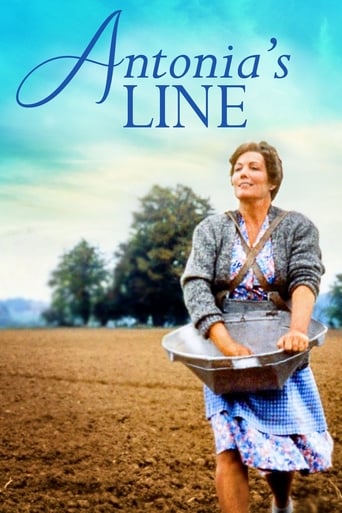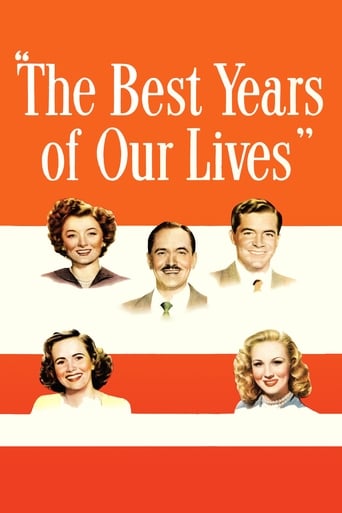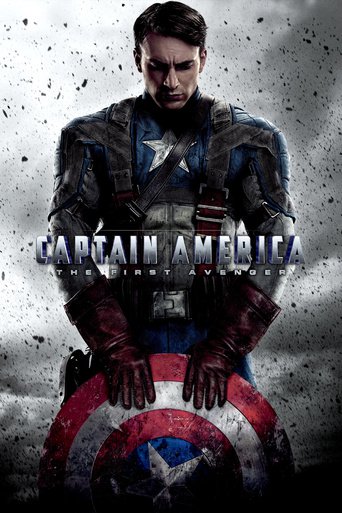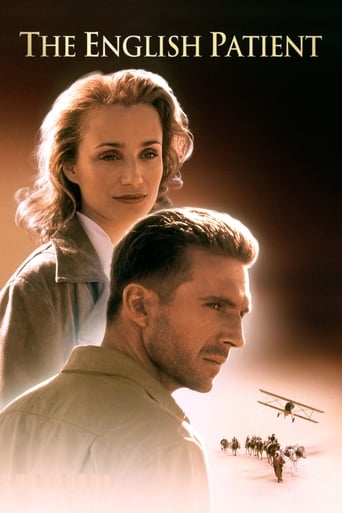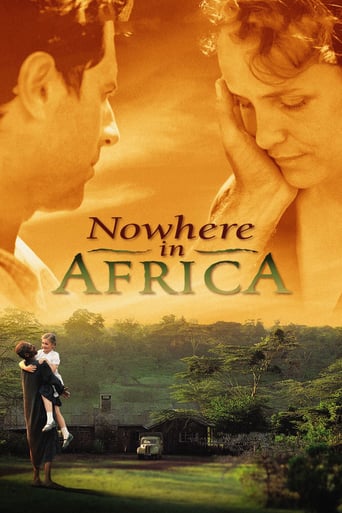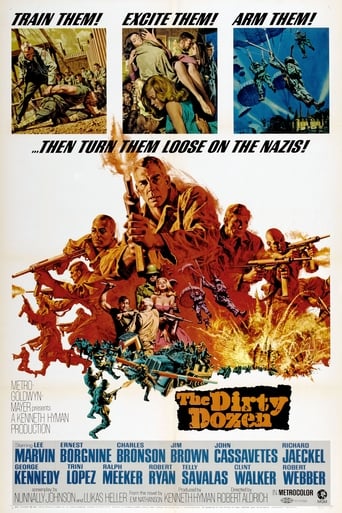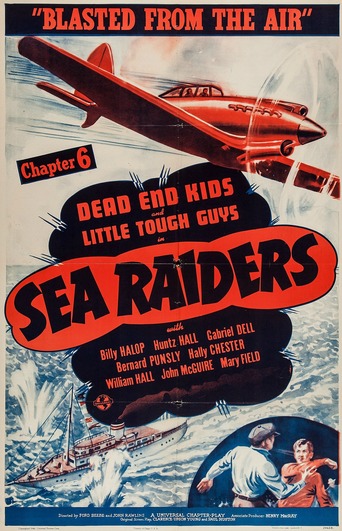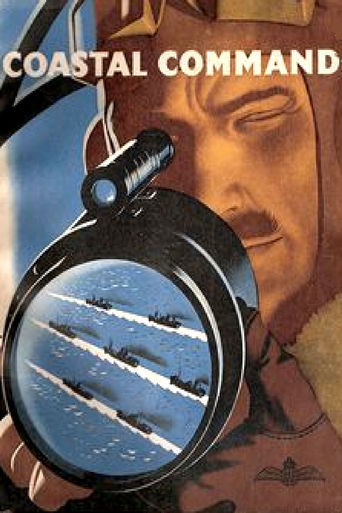

Coastal Command (1942)
Documentary style presentation of the work of RAF Coastal Command. Shows their work in protecting convoys and attacking enemy aircraft, ships and U-boats, all done by the actual men & women of the RAF.
Watch Trailer
Cast


Similar titles
Reviews
Best movie of this year hands down!
Simply A Masterpiece
Absolutely the worst movie.
This is a coming of age storyline that you've seen in one form or another for decades. It takes a truly unique voice to make yet another one worth watching.
Once you get past the fact that the men and women we see are non-actors and sound unconvincing, it's really an enthralling documentary about life and missions from fictional bases of Coastal Command in Scotland and Iceland. It's a kind of training film for civilians -- "This is what our boys are doing and here's how it works." It's true that Ralph Vaughan Williams wrote the musical score but you might not notice it. The score doesn't overwhelm the images or the narrative, unlike, say, "Victory at Sea," in which Richard Rogers pounds your tympani with mallets. The orchestra is directed by Muir Matheson, who seems to have directed in nearly every British sound movie ever made.It's a paean to Coastal Command, and they deserve it. The target is a fictional German raider, the Dusseldorf. The crew we follow, in T for Tommy, mans a Sunderland flying boat, sometimes called "the flying porcupine" because of its relatively heavy armament. It's a four-engine mammoth. The interior of the fuselage looks like a half-constructed ballroom for a majestic hotel. Its weaknesses as a patrol plane were that it was slow and its range was limited.In addition, though, there are nice shots of Beauforts, Lockheed Hudsons, and PBY Catalinas. Some Yanks on Iceland, serving their P-40s, get to envy the Brits taking off for a major engagement with a German battleship. I wouldn't have envied them. Everyone is bundled up in fleece-lined leather coats and jackets. They don't call it Iceland for nothing and northern Scotland isn't much of a climatic improvement. And you can NOT find a decent pizza at four in the morning in John o'Groats.There is a half-coordinated attack on the Dusseldorf by Hudsons and Beautforts. The Luftwaffe counters with a handful of Junkers 88s. An Australian Sunderland and a flight of RAF Beaufighters engage the Junkers, just after T for Tommy is damaged and one of the crew wounded.Is the Dusseldorf sufficiently damaged that she must turn for home? Does the wounded man on T for Tommy smile as he lies there with a bullet through his arm, bantering about the leave he has coming? Do the Beaufighters shoot down one or two Junkers without loss to their own? Does T for Tommy make it back to base? This is a morale-boosting war-time documentary from 1943.
One of the best war documentaries I have ever seen with excellent photography and a stirring soundtrack with totally appropriate music by that great British composer, Ralph Vaughan-Williams. Sixty years on, the action does seem a little stilted in places but the participants are all serving RAF officers, NCOs and aircrew,plus the occasional RN officer. I don't think that much of this film was 'tarted up' but some of the language is a bit prim - not like it would have been. Definitely a morale booster for all of us who were alive at that time. There's lots of humour and one gets an excellent impression of the atmosphere both in the air and in the control rooms.The film follows the work done my the Sunderland and Catalina flying boats in the north Atlantic and their spats with enemy planes and submarines busy trying to sink merchant ships bringing supplies to a desperate UK from the US and Canada. Wonderful photography and some great footage of attacks on a major enemy ship by Hudsons and Halifaxes from the air force base in Iceland. This shows how the personnel and planes of Coastal Command played such a vital part in the defence of the free world.


